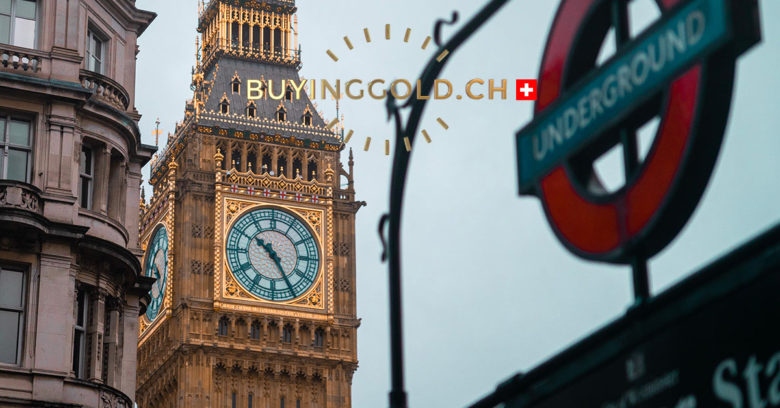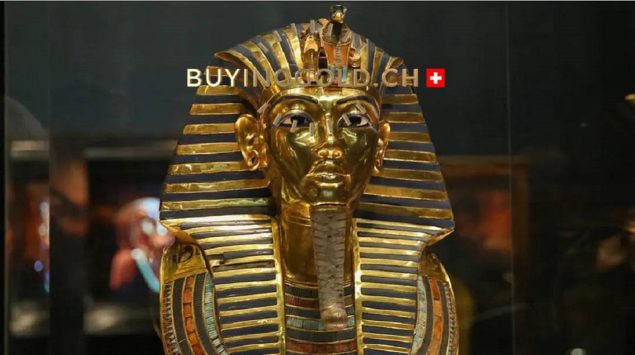
Gold has been used as a reserve in the UK since the 18th century. The Bank of England has held gold reserves since its establishment in 1694. The UK government has also held gold reserves since 1816.
Status if gold reserve bank of England
The Bank of England does not disclose the exact size of its gold reserves. However, according to the World Gold Council, the UK’s gold reserves totaled 310.3 tonnes as of December 2018. This made the UK the tenth largest holder of gold reserves in the world.
gold exchange in the UK
The London bullion market is the largest over-the-counter market for gold and silver in the world. Trades take place between members of the London Bullion Market Association (LBMA), and the market operates 24 hours a day.
The United Kingdom’s gold reserves were first established in 1816, when the Bank of England was founded. The reserves were then used to back the country’s currency. The gold reserves were gradually increased over the next few decades, as more gold was mined and imported into the country. By the early 1900s, the UK’s gold reserves were among the largest in the world.
During the First World War, the UK’s gold reserves were depleted as the country paid for its war effort. However, the reserves were quickly replenished in the 1920s, as the country’s economy boomed.
The Great Depression of the 1930s led to a decrease in the value of gold, and the UK’s gold reserves were once again depleted. The Second World War saw a further depletion of the reserves, as the country was once again forced to pay for its war effort.
After the war, the UK’s gold reserves were gradually rebuilt. However, the country’s economic decline in the 1970s and 1980s led to a decline in the value of gold, and the UK’s gold reserves once again dwindled.
The UK’s gold reserves have since been gradually increased, and currently stand at around 310 tons.













